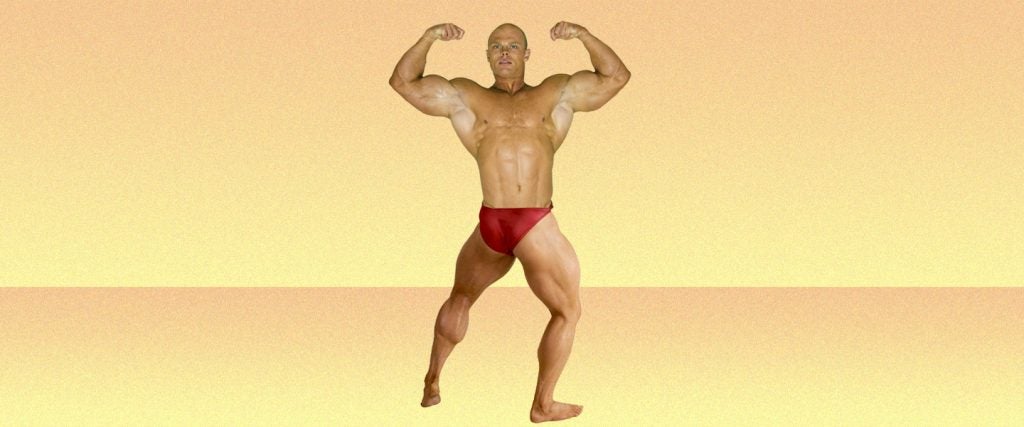The overwhelming human desire for a six-pack set of abs can be measured by the countless core-strengthening movements that promise to deliver that abdominal valhalla. One of the most unique is provided by the torso-twisting machine at the gym. It’s so atypical from most core movements and machines — which usually mandate a bending at the waist, a lifting of the chin toward the ceiling or a raising of the legs from perpendicular to parallel — that it would be reasonable to think that it was either totally ingenious or a complete fraud, with no real middle ground to speak of.
What is the torso twister even supposed to do?
More commonly known as a torso rotation machine, the torso twister is promoted as an oblique training tool. The obliques are the muscles that sit along the sides of the body, providing a stabilizing intermediary between the abdominals in the front, and the erector spinae muscles in your back’s lower lumbar region. The simplest way to place direct tension on them is with trunk-twisting movements. Of course, since someone somewhere has decided that we need a machine to isolate and target absolutely every muscle in the body, the torso rotation machine was born. You select a weight, and then either kneel or sit at the machine depending on its configuration, and slowly rotate from your midsection rather than swiveling from your hips to effectuate the twisting and turning of your lower body against resistance.
Is this a machine I need to use?
I say “no” — for a few different reasons.
In terms of your midsection, the only way your abs are ever going to pop is if they’re reasonably developed, and if your body fat percentage dips low enough to reveal the muscle tone that would otherwise be obscured by fat. Nothing short of this combination is going to bring about that hallowed six-pack.
Moreover, people who train all of their body parts thoroughly — with a combination of closed-chain, open-chain, weight-bearing and bodyweight exercises — work their obliques so adequately through indirect movements that targeting them directly is seldom necessary. (Also, when have you ever heard a well-adjusted human being utter the phrase, “Nice obliques”?)
To say nothing of how you should always be wary of a machine that doesn’t replicate a real-world movement pattern. This doesn’t mean they’re all necessarily awful, but the lack of a natural application should clue you in on the fact that there might be a more functional way to train the same muscles that doesn’t involve a machine.
What do you mean by a “natural application”?
Here’s what I’m getting at: I’d bet real dollars that you’ve never been in a situation in your life where you’ve needed to sit upright and hold your upper body completely steady while moving massive amounts of weight relying solely upon the rotation of your lower body. Granted, you may have needed to hang from your hands and lift your legs up, but vertically locking your upper body into place and twisting your legs laterally against resistance? No way.
Speaking of hanging from your hands, that’s actually one of the methods you can use to target not only your obliques, but your entire midsection. In fact, there’s an argument to be made that there’s no better exercise for total midsection development than hanging leg raises. Either way, whatever path of motion you take your legs through from a hanging position, the movement will be far more natural than any rotation you would generate from your trunk while your lower body is strapped into a machine.
Well, if I wanted to use it anyway, do you have any advice?
Be extremely careful. Remember what I said about this being an apparatus that doesn’t replicate a practical movement? This means it’s very easy for you to over-rotate your hips in a way that isn’t conducive to the health of your lower back. So don’t rotate your hips too far, take things very slowly and keep the resistance relatively light. Because when all is said and done, the true hidden twist lurking within the torso rotation machine is that you don’t need it at all.

